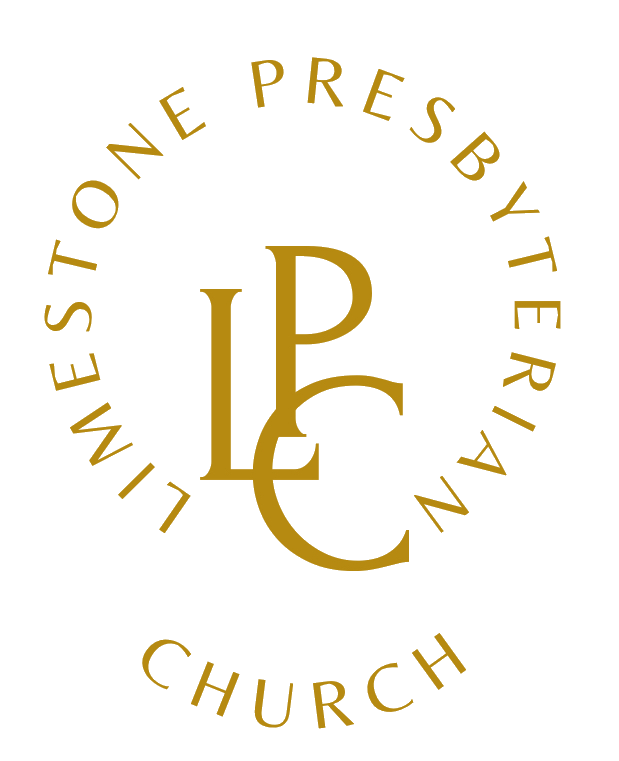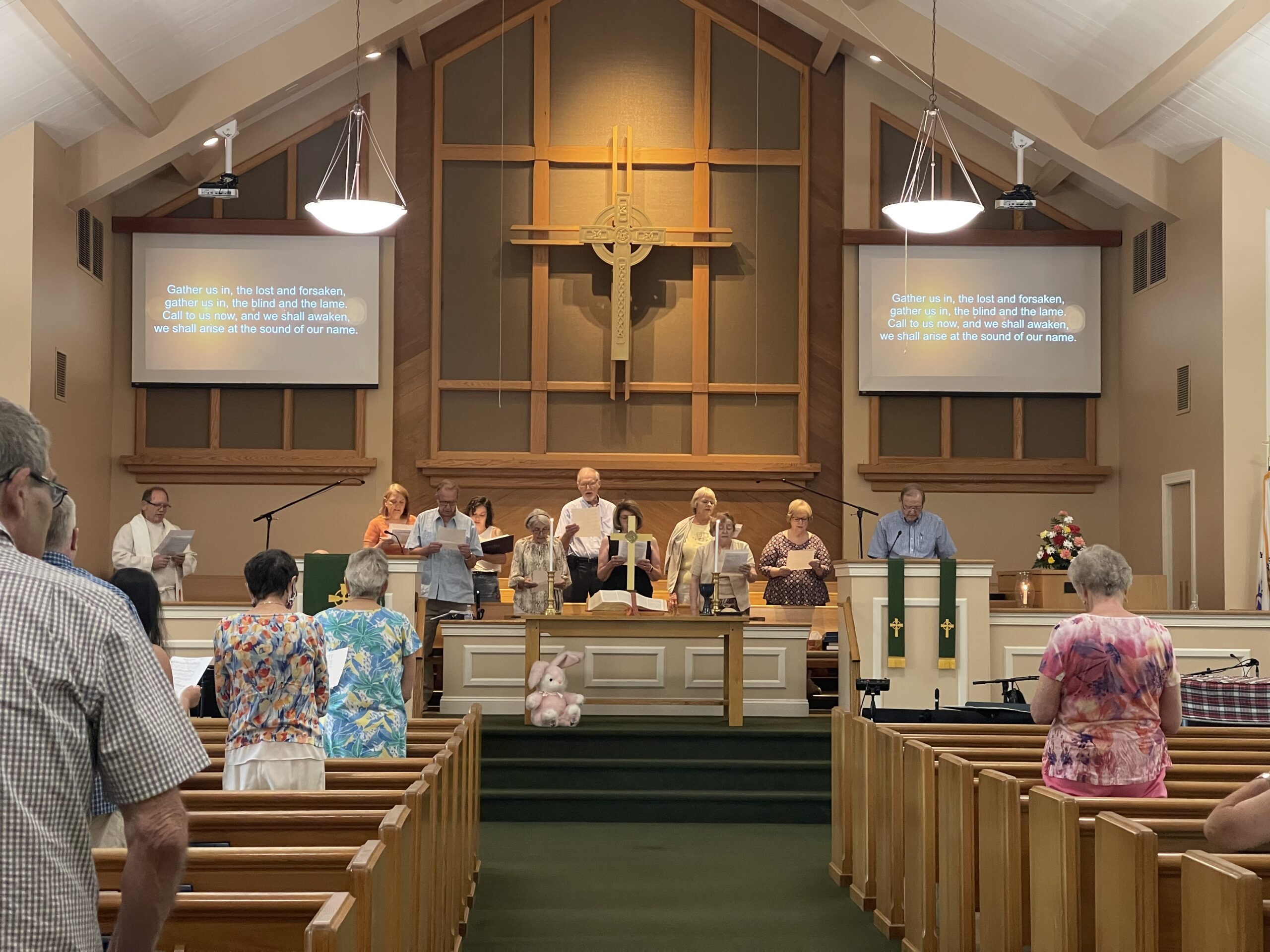mEMORIAL GARDEN
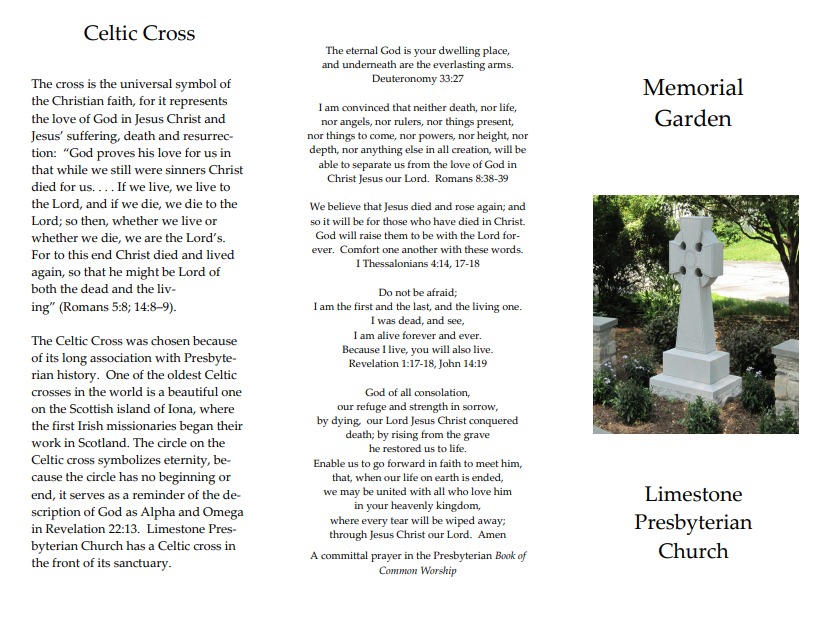
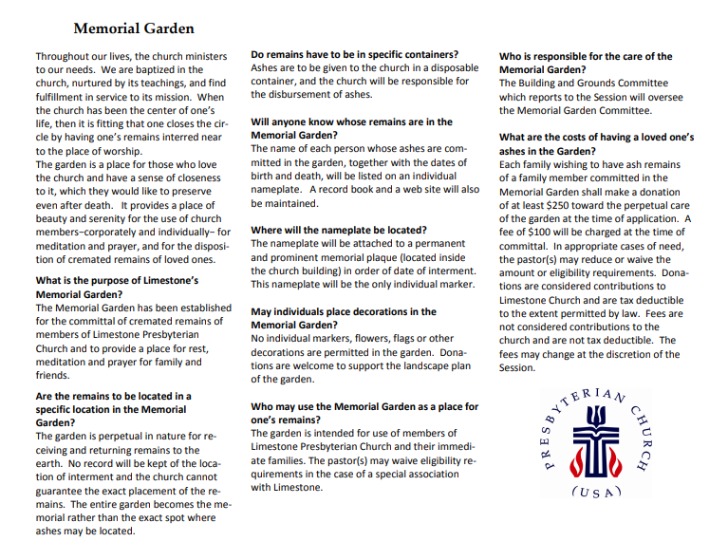
Rain garden
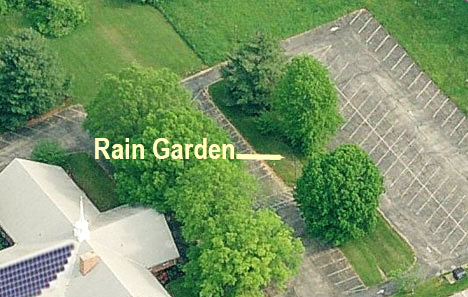
Rain Garden History- What is planted there – Care of the Rain Garden
“The earth is the Lord’s, and everything in it.” (1 Corinthians 10:26). We have two areas which create Limestone’s rain garden. Each area is approximately 40 feet by 20 feet making them each 800 square feet. The one area is shady since it is underneath our large trees. There five different shade loving native plants thrive in moist or wet soil with some sun. The other area, being dry and sunny has over twenty different native plants which prefer the sun with dry or average moist soil. For this article will focus on the history of the rain garden. Later articles will describe various plants and specific wildlife prefers them, a third part will be about the ongoing care and management of the area.
History
Our Deacons, in 2013, wanted to have create a rain garden here. They recognized the value of helping reduce the water and melting snow which runs into the gully between the two parking lot areas. This gully area was collecting weeds and fallen branches with small pools of standing water. Beyond the plants around the church building, there were no flowering plants. One of the Deacons contacted the Delaware Department of Natural Resources and Environmental Control (DENREC) for assistance. They provided the initial native plants and professional guidance in the layout of both, the sunny and the shade areas. Limestone members provided the labor to level the center area and lay stone to help with the drainage of the water.
Already we have the benefits from these two areas. The native plants’ roots absorb the excess water from the surrounding land and walkway. Having these native plants in the garden creates other benefits for our environment and our enjoyment. Gazing at the area of God’s nature with its varied colors and shapes of leaves is said to help people slow down pause and remember more of God’s wonderful creation. The native plants provide the proper and better nourishment for the native animals. The area provides habitat for birds to nest. Butterflies can gather their food while honey bees can gather nectar and pollinate these plants for beneficial insects. Also, the area provides a more attractive landscape for all coming to Limestone. So much nicer to have a pleasant view while walking towards the church than crossing over a gully full of weeds or standing water.
LPC Chronicle article What is happening in the Rain Garden?
Exciting is that the area has been recognized by the National Wildlife Federation (NWF) as a Wildlife Habitat. Limestone received that certification in June as a place where small animals, insects, bees and butterflies find shelter, food, and water. Thanks to the Deacons for sponsoring the garden’s on-going activity. The Facilities Committee will be mounting the sign late this year.’
From the previous Chronicle – “there was a question about what is a weed?”
Here there are four Rain Garden plants with the word “weed” as part of their common name. Yet each of these plants is needed for butterflies, bees and insects.
A weed is just a plant that people wish were not in their yard or garden. People often identified a plant as a weed simply because it kept showing up in -the “wrong place” for the land owner. Moving from the northeast to southeast of our country a plant which may be called a weed will be known by a different name. Naming plants in a certain area started long before a botanical name was given. It does not mean that a plant with the name of weed needs to be killed or removed. LPC’s garden area has 4 plants which are specifically needed by butterflies and birds and insects. Each of these plants have the word “weed” as part of their common name -Butterfly weed, Swamp Milkweed, Joe-Pyle weed and Sneezeweed.
Just like everywhere else April, May, and June have been busy months in the Rain Garden.
Golden Alexander was the brightly yellow color blooming plant appearing in April, May and the early part of June. The plant is one of the first to show its colors This single plant benefits the Black swallow tail butterfly. The plant also offers pollen to six different kinds of bees. These serve as an important link in growing our crops. The bees carry pollen among different plants which then enable the crops’ flowers to produce fruits and vegetables which nourish us.
The inkberry bushes, near the exit path, also have their tiny white flowers blooming at the end of May and June. They have more than five different types of bees buzzing around gathering their food. (bees which are half an inch to one fourth of an inch Tiny!).
In May six new types of pollinator plants were added in the sunny meadow area. These newly planted perennial plugs, (small size plant) will be establishing roots this season. A few have already started blooming. Several types of bees and insects visit these plants. The bees are looking for food of sweet nectar and fatty protein for themselves and their young. They do not bother people.
One of the new plants is Coreopsis that blooms in May and June at the time with the Golden Alexander. The Coreopsis also has a yellow flower with an abundance of pollen that will attract a wide variety of bees and insects. Another of the new plants is the orange flower Butterfly weed. This plant is a milkweed host plant for the monarch butterfly. The butterfly wants it caterpillar young to begin feeding on this plant when it hatches. The monarch will not feed on any other plant. Very particular on the plants to continue their life cycle. The third plant is the purple Wild Bergamot where moths, hummingbirds, and long tongue bumble bees like to visit. Smooth Blue Aster is a favor of the American Goldfinch and seven different kinds of bees in late summer and fall. Then the White Wild Indigo attracts a variety of pollinators in the spring to mid-summer. The plant will be nearly 4 feet tall. The sixth plant is a pale pinkish purple Coneflower. Hopefully drawing hummingbirds and American Goldfinches in mid-summer along with several types of butterflies.
